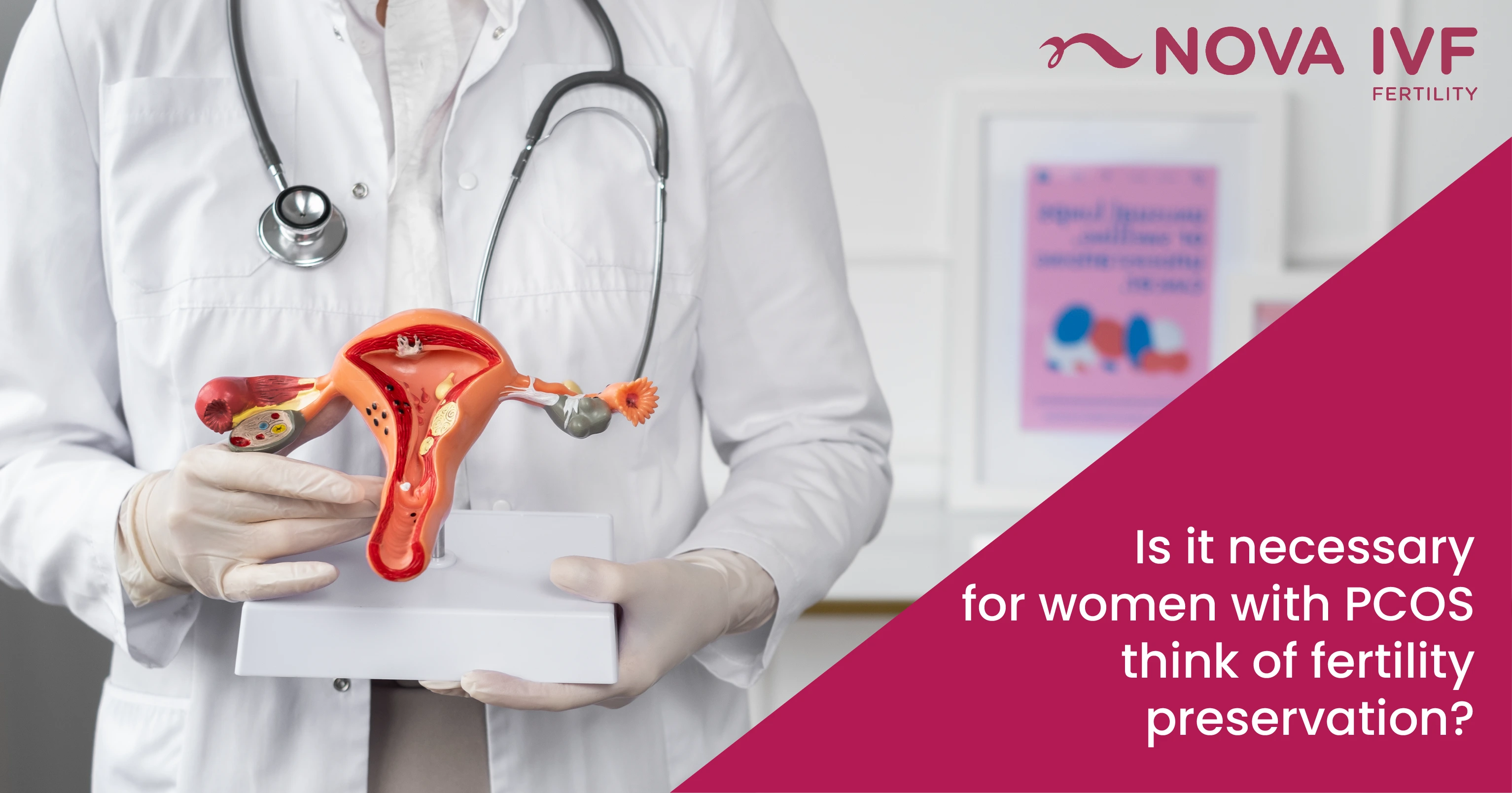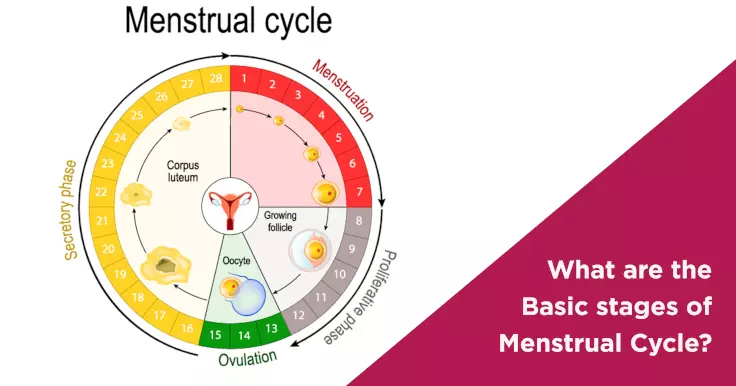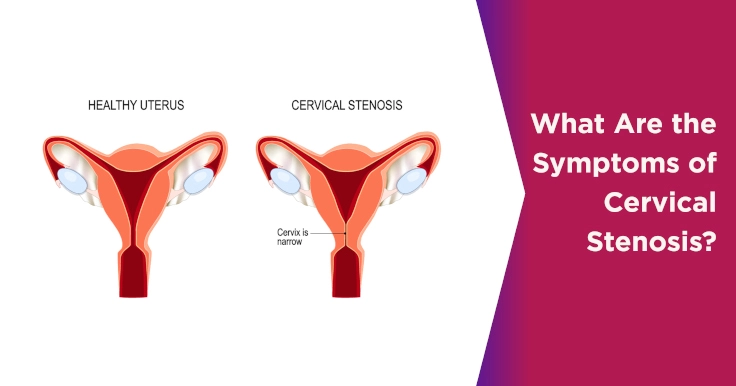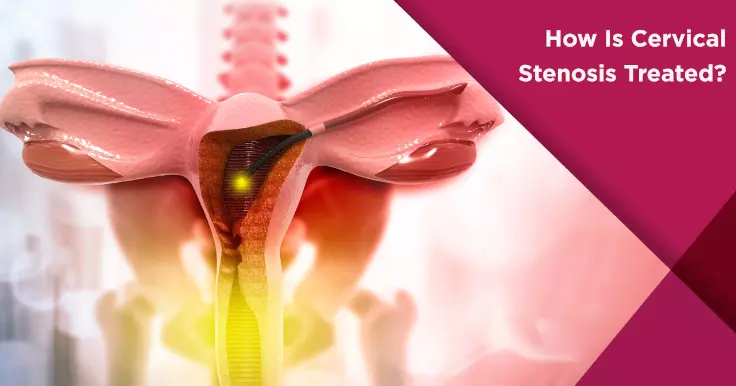How Early Detection of PCOS Can Help Preserve Fertility

Shreeja, a college student, was 22 years old when she started experiencing irregular periods, started gaining weight steadily and observed excess growth of facial hair. This continued for more than a year and a half as she thought these symptoms were not related to each other nor could be a sign of a serious disorder. She only got eight menstrual cycles in a year and she ignored the irregularity. Shreeja, now 26, got married and started having problems with conceiving. Realising that there might be a link with all the symptoms that she has been ignoring, she visited a fertility consultant and was diagnosed with Polycystic Ovarian Syndrome (PCOS).
Polycystic Ovarian Syndrome is largely a disorder leading to ovulatory dysfunction, making it difficult for women to conceive naturally. It may affect 10-15 percent of women in their reproductive years. It is seen very commonly in obese or overweight women. The term ‘polycystic’ does not mean there are multiple cysts but there are multiple follicles which are minute structures that contain eggs. They have more eggs than normal women. The abnormal hormonal environment causes disturbance that does not let a single egg grow and mature in time to ovulate. The follicles may start to grow and build up fluid but ovulation does not occur. In a few cases, some follicles remain as cysts in the ovaries.
Symptoms Of PCOS
The incidence of PCOS is rising among young women and is one of the largest contributors to infertility and subfertility. About 30% of female infertility cases observed today are due to polycystic ovaries. Majority of these cases fall under the age group of 20-30 years. Hence, it becomes very important for young women to be aware of their body and the symptoms they exhibit.
Irregular menses (not following a 28-30 day cycle or delayed periods for over 6 months), insufficient flow of menstrual blood, excessive growth of facial hair, weight gain that is not amenable to routine measures, appearance of unusual levels of acne or pimples, etc. are some of the symptoms of PCOS. While it is normal for all women to produce androgen-testosterone (male sex hormone) at minimal levels, those with polycystic ovaries tend to produce abnormal amounts of testosterone, thereby causing the above mentioned symptoms.
Causes Of PCOS
While the exact cause of PCOS is unknown, doctors believe that hormonal imbalances and genetics play a role. Women are more likely to develop PCOS if their mother or sister also has the condition. PCOS may also manifest because of the changing lifestyle trends like late working hours, bad food habits, lack of sleep and exercise, etc. resulting in various medical conditions such as obesity, which in turn cause hormonal imbalance.
Treatment For PCOS
PCOS is not a disease but only a disorder which can be managed once the treatment begins. Recognising the symptoms of PCOS early and working on improving insulin resistance through diet and exercise can help prevent complications of PCOS including infertility and other complications during pregnancy. To eliminate PCOS, simple treatment at the right time can help manage the condition; however if left untreated, it may cause serious health problems like diabetes or heart problems.
Changes in lifestyle such as healthy food habit with adequate exercise would not only help prevent PCOS, but also other health problems. Young girls are advised to avoid starchy food, complex carbohydrates and fat. As little as 5% weight loss, if achieved by healthy eating habits and exercise can reverse the problem of anovulation (no ovulation) to spontaneous timely ovulation.
On the medical front, the treatment for PCOS involves bringing hormonal imbalance under control and ensuring normal menses. When fertility is desired, the woman who does not ovulate spontaneously needs ovarian stimulation for same. This is achieved through medication, to induce the physiological hormone production in the body. It is critical to bring one’s weight under control through routine physical exercise, if they are obese.
Statistically 20% of women, who have polycystic ovaries, may not have problems in ovulating or conceiving. Also with the help of medication nearly 60-70 percent women will achieve ovulation and 40% of these will conceive over the first 3 attempts. They have to move to the next method of treatment of stimulation with gonadotropin if not responding to oral medications. For resistant patients there is an option of ovulation with the help of low dose hormonal injections to grow a follicle. Chances of multiple pregnancies exist if more than one follicle has grown and the treatment should be with the intent of growing a single or maximum 2 follicles.
However, prevention is always better than cure. It is essential for women in today’s world to have a check on their diet, have a regular exercise pattern and most importantly – never ignore unhealthy symptoms that can cause problems in the long run.
 Infertility Counselling
Infertility Counselling Female Infertility Treatment
Female Infertility Treatment Andrology Treatment
Andrology Treatment Fertility Enhancing Surgeries - Female
Fertility Enhancing Surgeries - Female Fertility Enhancing Surgeries - Male
Fertility Enhancing Surgeries - Male Endoscopy Treatment
Endoscopy Treatment IUI Treatment
IUI Treatment IVF Treatment
IVF Treatment ICSI Treatment
ICSI Treatment Advanced IVF Solutions
Advanced IVF Solutions Embryology
Embryology Vitrification Egg, Embryo, Sperm Freezing
Vitrification Egg, Embryo, Sperm Freezing Preimplantation Genetic Testing (PGT)
Preimplantation Genetic Testing (PGT) Donation Program Embryo / Egg / Sperm
Donation Program Embryo / Egg / Sperm Self-cycleTM IVF
Self-cycleTM IVF

 Self-cycleTM IVF
Self-cycleTM IVF










